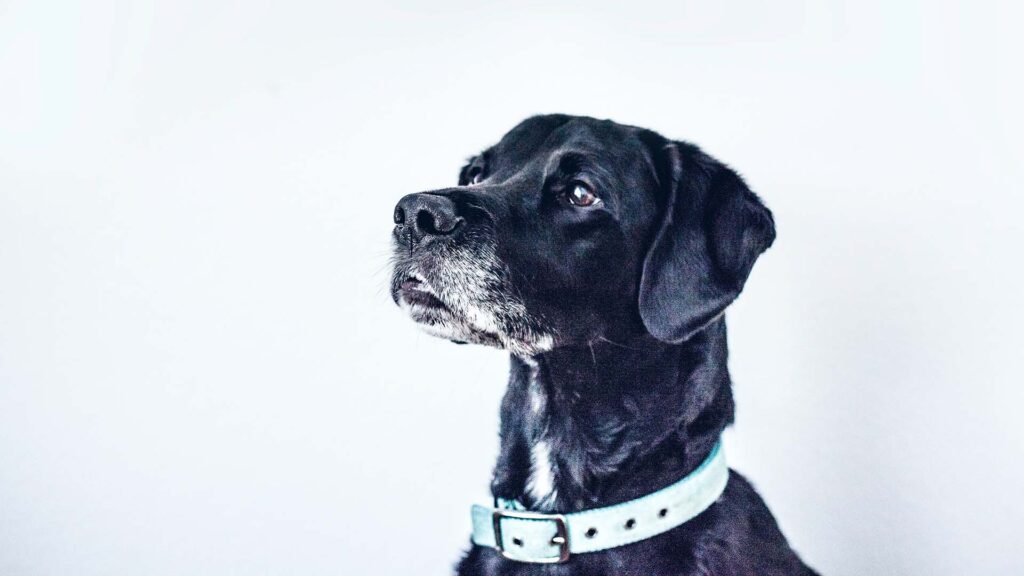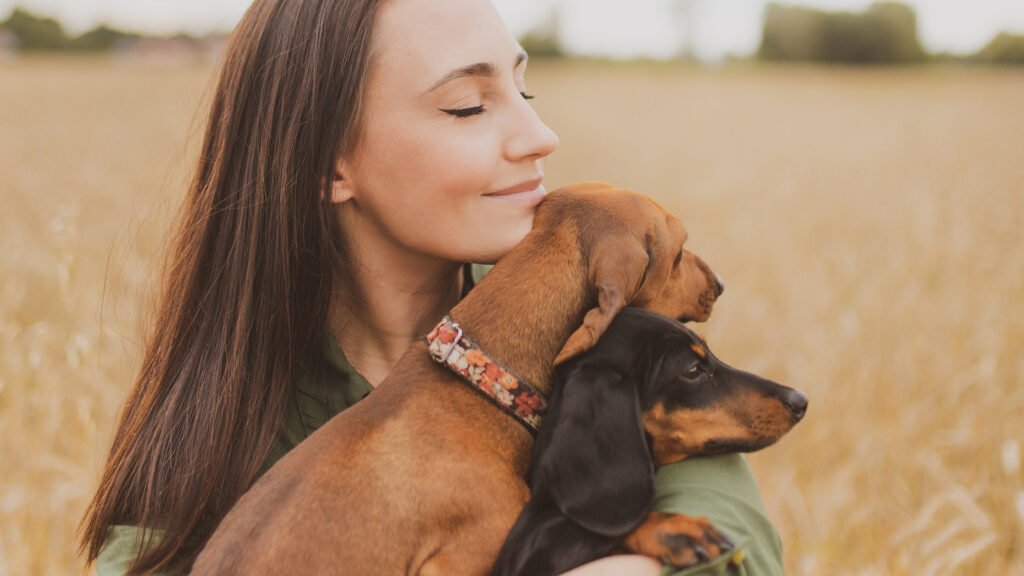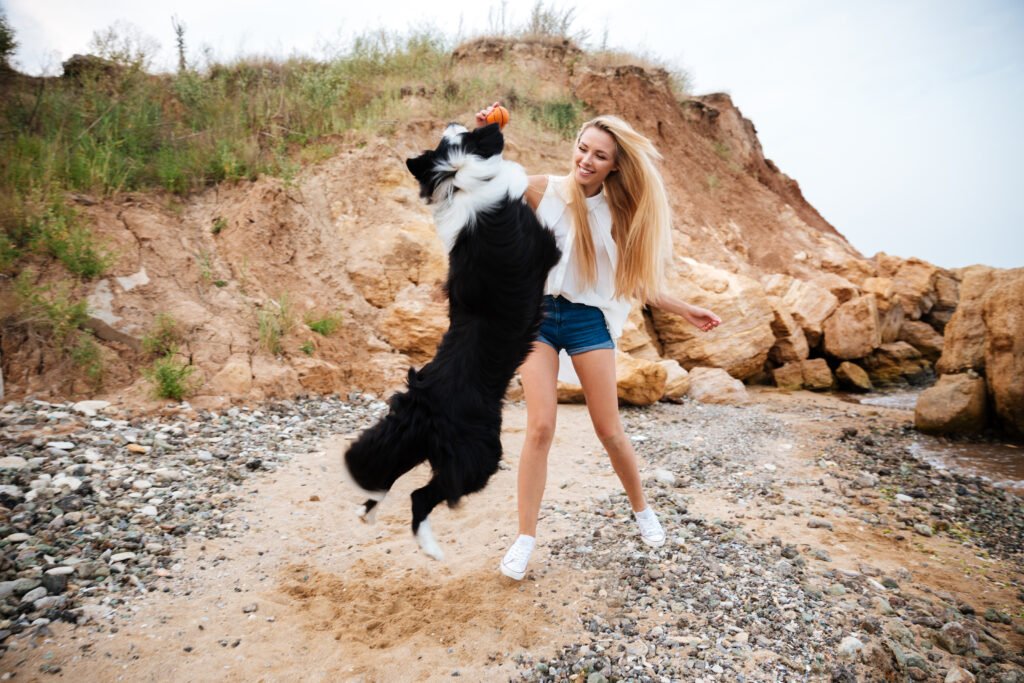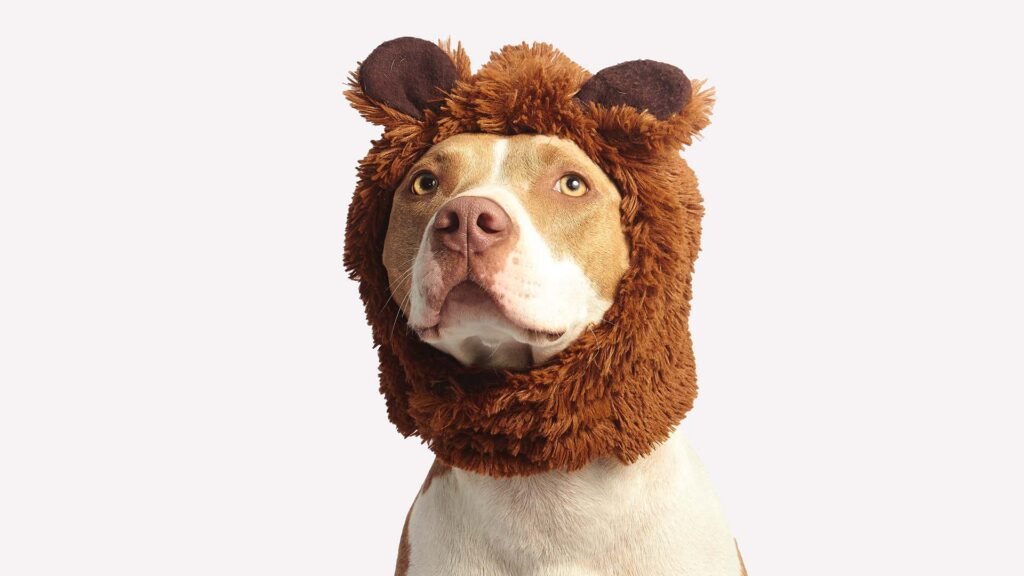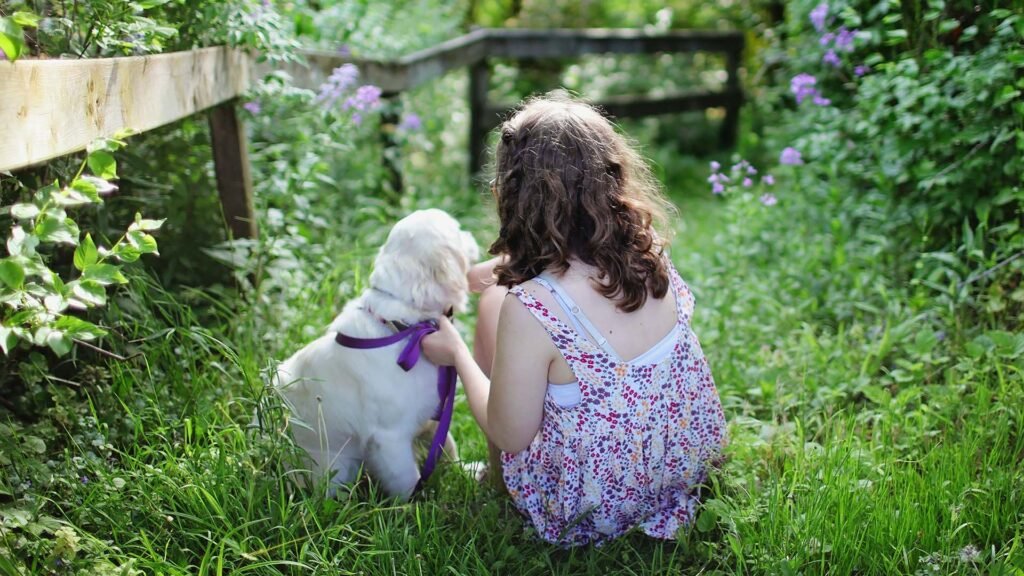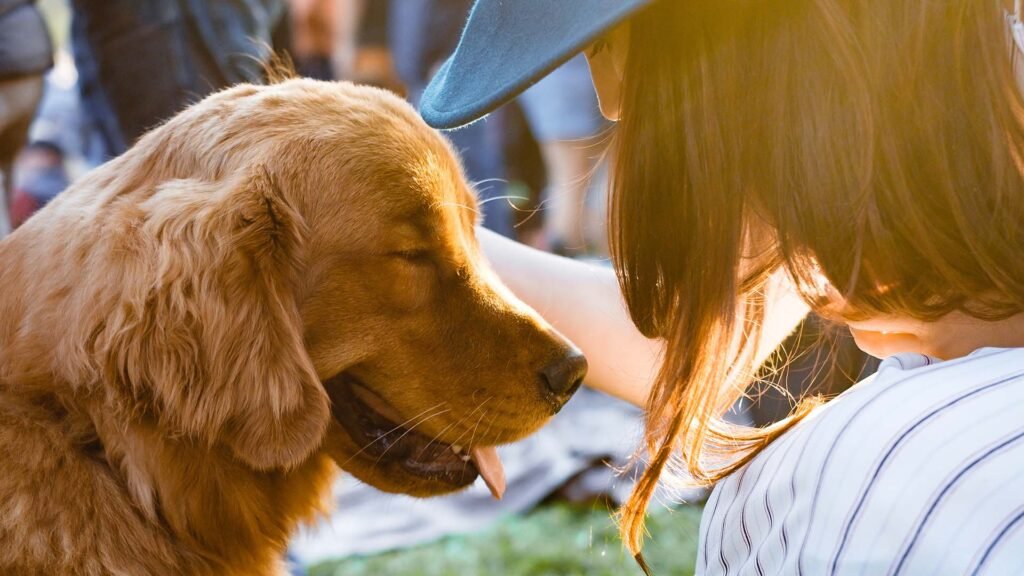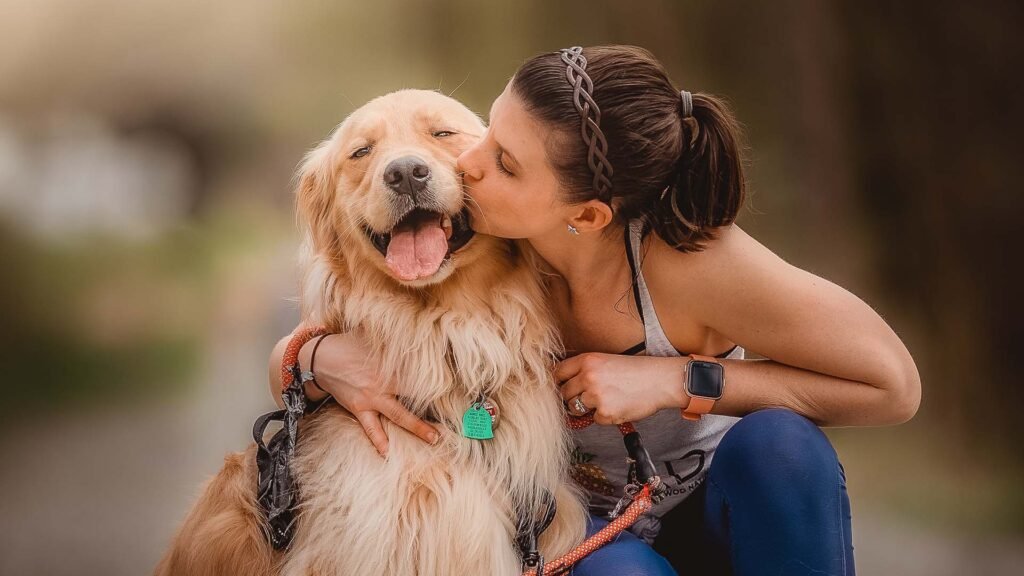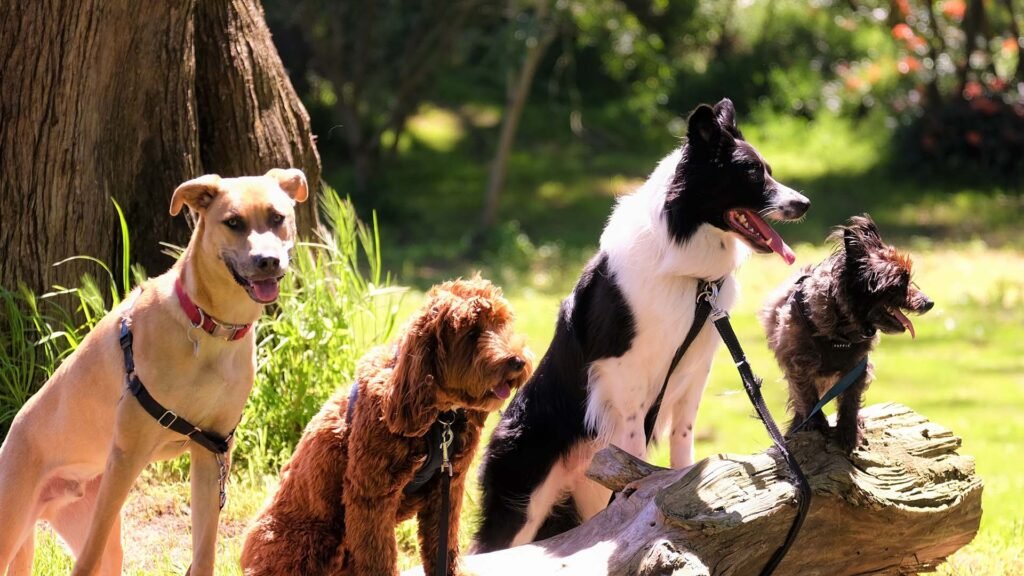Dogs are emotional creatures, but how do they show it? Just like humans, dogs experience a range of emotions including happiness, sadness, fear, anger, and love. And like us, they express these emotions through their body language, vocalizations, and behavior.

For example, a happy dog may wag her tail vigorously from side to side or run and jump with joy. On the other hand, a fearful or anxious dog may tuck her tail between her legs and crouch down low to the ground.
Dogs also communicate their emotions through their facial expressions. A dog who is feeling sad may have droopy ears and a downturned mouth. A dog who is angry or aggressive may have his hackles (the hair on his back) raised and his teeth bared.
Dogs express emotions through body language
Dogs primarily communicate through body language and vocalizations. They express a wide range of emotions, from happiness and excitement to fear and anxiety.
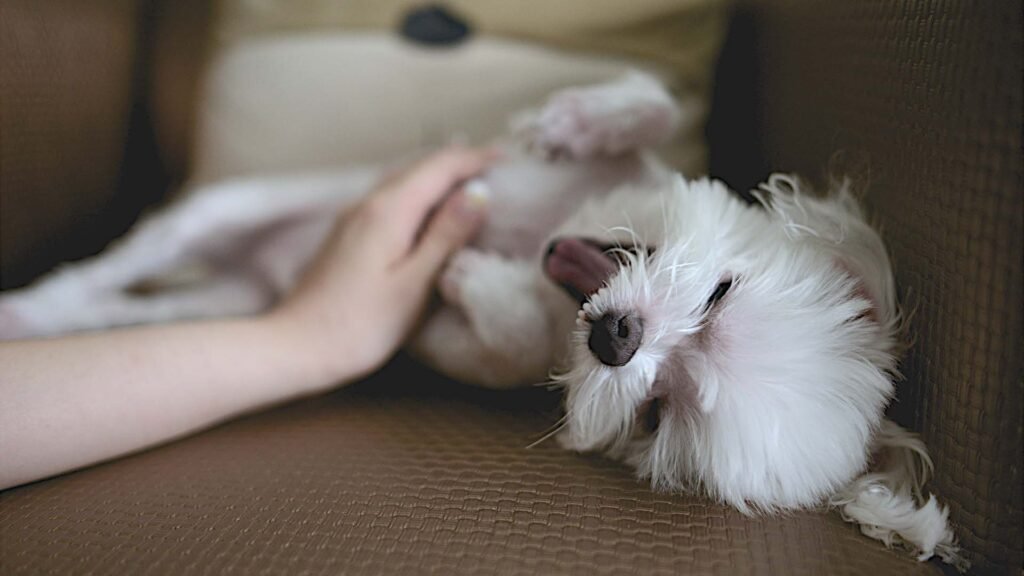
Dogs show happiness by wagging their tails, leaning into people, and making soft eye contact. When they’re sad, they will have their tails down and their ears back. Excitement is often expressed through panting, bouncing, and playful behaviors. Fearful dogs may tuck their tails, lower their bodies, and avoid eye contact. Anxiety may be expressed through pacing, chewing on things, or hiding.
It’s important to learn to read your dog’s body language so you can understand how they’re feeling. This will help you better respond to their needs and strengthen the bond between you.
Dogs express emotions through vocalizations
Dogs vocalize their emotions in a variety of ways, from barking to howling to whining. They may also whimper or growl. Each of these sounds conveys a different message. For example, a dog who is excited may bark or whine, while a dog who is fearful may growl or cower.
When it comes to showing emotions, dogs are not so different from humans. They vocalize their feelings in a variety of ways, depending on the emotion they’re trying to express.

A dog may whimper when they’re sad or scared, for example. Or they may bark aggressively when they’re feeling threatened or angry. But sometimes, a dog’s emotions can be harder to read.
That’s why it’s important to pay attention to the tone and pitch of your dog’s voice, as well as their body language. If you can understand how your dog is feeling by listening to them, you’ll be able to better respond to their needs – and build a stronger bond with them in the process.
Dogs express emotions through facial expressions
When it comes to dogs and emotions, most people focus on tail wagging. While a wagging tail can indicate happiness, it isn’t the only way dogs express themselves. Dogs also communicate through their facial expressions.

For example, a dog that is scared or feeling threatened may bare its teeth in what is known as a “snarl.” This is a clear sign that the dog is feeling uncomfortable and wants to be left alone. On the other hand, a dog that is happy and relaxed will often have its mouth open in what is known as a “play bow.” The corners of the mouth are turned up in what looks like a smile, and the front legs are extended out in front of the body.
Dogs will also use their facial expressions to show submission or appeasement. Dogs also use facial expressions to show how they are feeling. When a dog is happy, they will have a relaxed face with soft eyes. When they’re sad, they will have a droopy face with sad eyes and whenever they’re scared they will have a tense face with wide eyes.
Final Thoughts:
Dogs are complex creatures with a wide range of emotions. They express these emotions in many ways, through body language, vocalizations, and facial expressions.
When it comes to expressing their emotions, dogs are very expressive creatures. They use a variety of methods to communicate how they’re feeling, whether it’s happy, sad, scared, or anything in between. And while we may not always understand what they’re trying to say, there’s no doubt that dogs are capable of conveying a wide range of emotions.
If you are unsure about what your dog is trying to tell you, it is always best to consult with a professional trainer or behaviorist. They can help you decode your dog’s emotions and teach you how to respond accordingly.

